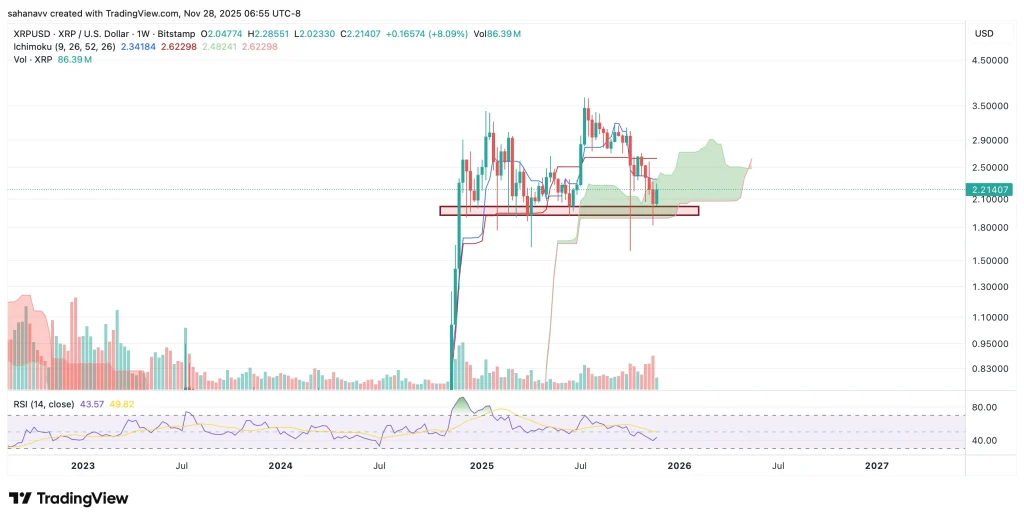Nvidia's China Chip Gambit Could Shape AI's Future
- Nvidia’s Q2 earnings could sway global markets, with $46.45B revenue and $1.02 EPS expected. - China business challenges persist: B30A chip rollout and revenue-sharing deal face regulatory hurdles. - AI market sustainability concerns grow as 40x valuation relies on cloud/AI demand continuity. - Supply chain execution critical: Blackwell GPU scaling and NVL72 delivery delays risk growth credibility. - Guidance clarity on China, margins, and diversification will determine valuation resilience post-earnings.
Nvidia is on the verge of another earnings report that could significantly influence global markets. Analysts are projecting revenue of $46.45 billion and adjusted earnings per share (EPS) of $1.02 for the second quarter, representing more than 50% growth year-over-year [1]. This continued outperformance underscores the AI chipmaker's dominance in the AI-driven economy, where it has become a proxy for broader market sentiment. The S&P 500 Index, which includes Nvidia as one of its top contributors by market capitalization, now treats the company's financial results as a key macroeconomic indicator [2]. The stakes are high, with options trading suggesting an expected stock movement of 6%, translating to a potential $260 billion shift in market value [2].
A significant factor shaping Nvidia’s near-term prospects is the geopolitical situation involving its China business. The U.S. export restrictions introduced in 2022 initially forced the company to write off $4.5 billion in H20 chip-related inventory [1]. However, a deal reached with the Trump administration in August has allowed Nvidia to continue shipments to China in exchange for a 15% revenue-sharing arrangement [1]. Despite this compromise, Chinese regulators have discouraged local firms from purchasing H20 chips, citing concerns about data security and potential backdoors. In response, Nvidia has begun transitioning to a new China-specific chip, the B30A, built on the Blackwell architecture but with reduced performance to comply with U.S. export rules [1].
Analysts are closely watching how this situation is addressed in the earnings report. Some predict that Nvidia will exclude China revenue from its forecast due to the high degree of uncertainty [3]. If the company is unable to secure approval for the B30A chip or face further regulatory hurdles, it could impact its ability to maintain momentum in the Chinese AI chip market, which is estimated at $50 billion annually [1].
Beyond geopolitical uncertainty, investors are also concerned about the sustainability of the AI boom and whether it is forming a speculative bubble. Nvidia’s valuation, currently trading at more than 40 times projected earnings, is heavily reliant on sustained demand from cloud giants and AI startups [2]. Analysts acknowledge that while there are legitimate concerns about a slowdown in spending, the broader market still expects several quarters—if not years—of strong performance from the company [2]. Jensen Huang, Nvidia’s CEO, is reportedly attempting to shift investor focus from data centers to other segments, such as automotive and robotics, in an effort to diversify growth expectations [2].
The execution of Nvidia’s supply chain also remains a focal point. With demand for its Blackwell GPU architecture surging, the company must demonstrate that it can scale production and meet customer orders at the rate required to maintain investor confidence [3]. Any delays in the delivery of NVL72 rack systems or issues with lead times could impact revenue recognition and raise questions about the durability of its growth trajectory [3].
Heading into the earnings report, the consensus among analysts is that Nvidia will deliver strong results, but the real test will be in the guidance provided. A confident outlook that addresses China’s role, confirms supply chain progress, and maintains healthy gross margins will be critical to sustaining the company's premium valuation [3]. Investors are bracing for a result that could either reinforce Nvidia’s position as the leader of the AI era or serve as a warning sign for the broader tech sector [3].

Disclaimer: The content of this article solely reflects the author's opinion and does not represent the platform in any capacity. This article is not intended to serve as a reference for making investment decisions.
You may also like
No wonder Buffett finally bet on Google
Google holds the entire chain in its own hands. It does not rely on Nvidia and possesses efficient, low-cost computational sovereignty.

HYPE Price Prediction December 2025: Can Hyperliquid Absorb Its Largest Supply Shock?

XRP Price Stuck Below Key Resistance, While Hidden Bullish Structure Hints at a Move To $3

Bitcoin Price Prediction: Recovery Targets $92K–$101K as Market Stabilizes